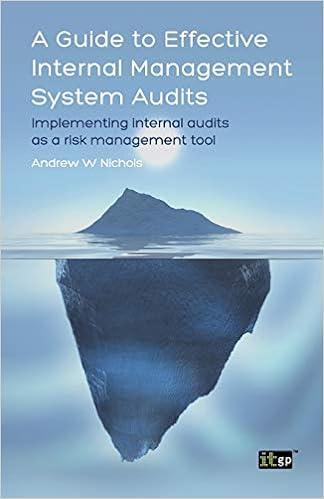Answered step by step
Verified Expert Solution
Question
1 Approved Answer
(ii) Reciprocal service method: This method gives cognizance to the fact that where there are two or more service departments, they may render service to

(ii) Reciprocal service method: This method gives cognizance to the fact that where there are two or more service departments, they may render service to each other and therefore these inter- departmental services are to be given due weight in distributing the expenses of service departments. There are three methods available for dealing with inter service department transfer : (a) Simultaneous equation method: Under this method, the true cost of service departments are ascertained first with the help of simultaneous equations. These are then distributed among the production departments on the basis of given percentages. (b) Repeated distribution method: According to this method service department costs are apportioned over other departments, production as well as service according to the agreed percentages and this process is repeated until the total costs of the service departments are exhausted or the figures become to small to be considered for further apportionment. (c) Trial and error method: In this method the cost of one service department is apportioned to another service department. The cost of another service department plus the share received from the first service department is again apportioned to first service department and this process is continued until the balancing figure becomes nil. For instance, suppose there are two service departments x and y. These service departments render service to each other. Cost of service department will be distributed to service department y. Again cost of service department y plus the share from service department x will be apportioned to x. The amount so apportioned to x will continue to be repeated till amount involved becomes negligible. a31 Illustration 2 A company's production for the year ending 30.3.2014 is given below: Items Production Departments Office Stores Stores Total Work shop P P P 5 65 Direct Wages 20.000 25,000 30,000 75.000 Direct Materials 30.000 35,000 45,000 1.10.000 Indirect Materials 2,000 3,000 3,000 1.000 2,000 2.000 13.000 Indirect Wages 3,000 3,000 4,000 10,000 10,000 5,000 35.000 Area in Square Metres 200 250 300 150 100 250 1.250 Book value ot Machinery 30,000 35,000 25,000 15,000 1.05.000 Total H.P. of Machinery 15 20 25 Machine Hours Worked 10,000 20,000 15,000 5.000 50.000 General Expenses: () Rent 12,500 () Insurance 1,050 (it) Depreciation 15% of value of machinery (iv) Power 33,800 (V) Light 1,250 You are required to prepare an overhead analysis sheet for the departments showing clearly the basis of apportionment when necessary
Step by Step Solution
There are 3 Steps involved in it
Step: 1

Get Instant Access to Expert-Tailored Solutions
See step-by-step solutions with expert insights and AI powered tools for academic success
Step: 2

Step: 3

Ace Your Homework with AI
Get the answers you need in no time with our AI-driven, step-by-step assistance
Get Started


